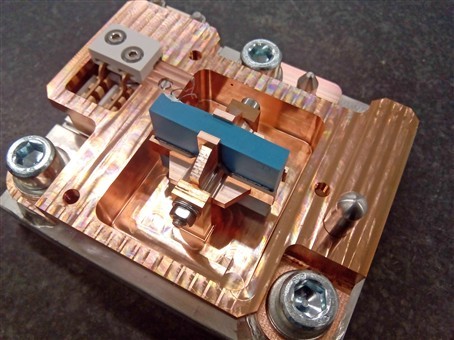Contract signed for Inner Vessel Coil Mechanical Platforms


F4E has signed a contract worth 1.3 million EUR with Spanish company Sgenia for the manufacturing of platforms into which diagnostic sensors will be integrated, for installation inside the ITER machine. The purpose of these platforms is to provide mechanical support, protection and electrical connectivity for the sensors. This is the largest manufacturing contract placed to date by F4E Diagnostics Project Team.
The sensor-platform assemblies are to be installed on inner surface of the ITER vacuum vessel in order to measure the local magnetic field around the ITER plasma. Sgenia will produce a total of 450 platforms. Work started in the beginning of October 2018 with a first batch of platform parts scheduled to be delivered in one year’s time.

The platforms will boast special features including coatings of tungsten to prevent electomagnetic waves within the ITER machine reaching the sensors; special grade steel and copper zinconium in order to minimise the production of unwanted waste materials; and special ceramic machined to high accuracy where electrically insulating structures are needed. As the sensors need to be precisely aligned in the ITER vessel to perform their function, the platforms will include features to enable laser-based surveying of their final installation. The platforms contain a large number of intricate parts that are tightly integrated to form a compact assembly, to fit within very limited space available inside the ITER Vacuum Vessel.

Most of the platforms will be constructed in two parts: a base to be permanently welded to the ITER vacuum vessel and a ‘cradle’ housing the sensor, to be bolted to the base, making it removable with remote handing tools to enable replacement of sensors in case they become faulty during the operating life of ITER.
The platforms were designed by ITER IO, with assistance from F4E during the early design stages.
